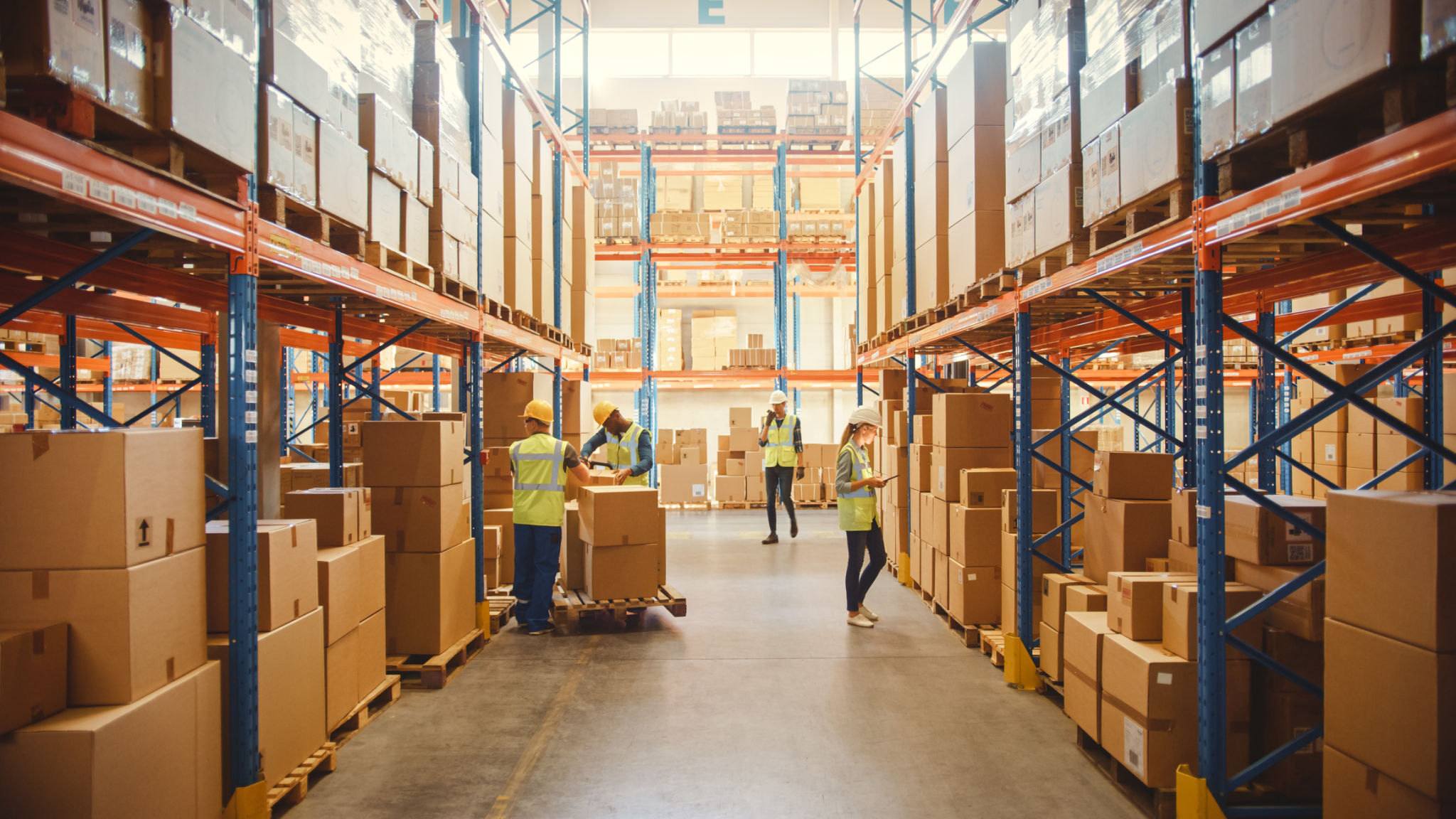Reverse Logistics: A Key Strategy for Managing Excess Inventory
Understanding Reverse Logistics
In today's fast-paced business environment, managing excess inventory is a critical aspect of supply chain efficiency. Reverse logistics plays a pivotal role in this process, offering a systematic approach to moving goods from their final destination for the purpose of capturing value or proper disposal. It encompasses a variety of operations related to returns, refurbishing, recycling, and waste management. Implementing effective reverse logistics can significantly reduce waste and improve profitability.

The Importance of Reverse Logistics in Inventory Management
Excess inventory can be a financial burden for businesses. Holding unsold products ties up capital and incurs additional storage costs. By utilizing reverse logistics, companies can streamline processes to handle returned goods, remarket them, or recycle materials efficiently. This not only helps in clearing out excess stock but also contributes to sustainability efforts by reducing waste.
Moreover, reverse logistics provides valuable data insights that can inform future inventory and production decisions. By analyzing the reasons for returns or excess stock, businesses can adjust their strategies to minimize overproduction and improve demand forecasting.
Key Components of an Effective Reverse Logistics Strategy
To successfully manage excess inventory through reverse logistics, businesses should focus on several key components:
- Return Policy: A clear and efficient return policy is essential for facilitating hassle-free returns and exchanges.
- Efficient Processing: Quick and organized processing of returned goods is crucial to minimize costs and maximize recovery value.
- Collaboration with Partners: Working closely with suppliers, distributors, and recycling partners ensures smooth handling of goods throughout the reverse supply chain.

Benefits of Reverse Logistics
Implementing a robust reverse logistics strategy offers numerous benefits, including:
- Cost Reduction: Decreased storage and disposal costs lead to significant savings.
- Revenue Recovery: Reselling or refurbishing returned products can generate additional revenue streams.
- Improved Customer Satisfaction: Efficient returns processes enhance customer experience and loyalty.
- Sustainability: Reducing waste through recycling and reuse supports environmental goals.
Challenges in Reverse Logistics
Despite its advantages, reverse logistics presents several challenges. Managing returns can be complex due to the unpredictability of returned goods and varying conditions of items. Additionally, logistical costs can be high if not managed effectively. Businesses need to invest in technology and develop strong partnerships to overcome these hurdles.

Innovative Trends in Reverse Logistics
As technology evolves, so do the methods used in reverse logistics. Innovations such as blockchain for tracking returns, AI for demand forecasting, and IoT devices for inventory management are transforming how businesses approach excess inventory. These technologies enable greater transparency, efficiency, and accuracy in handling returns and managing stock levels.
Furthermore, the rise of e-commerce has accelerated the need for advanced reverse logistics solutions. Online retailers face higher return rates compared to brick-and-mortar stores, making an efficient reverse logistics strategy even more critical for success in the digital marketplace.
Conclusion
Reverse logistics is more than just handling returns; it is a strategic component of supply chain management that addresses excess inventory challenges. By implementing effective reverse logistics practices, businesses can not only reduce costs but also enhance customer satisfaction and contribute to sustainability efforts. As technology continues to advance, companies must adapt and innovate to stay ahead in managing their reverse supply chains effectively.
